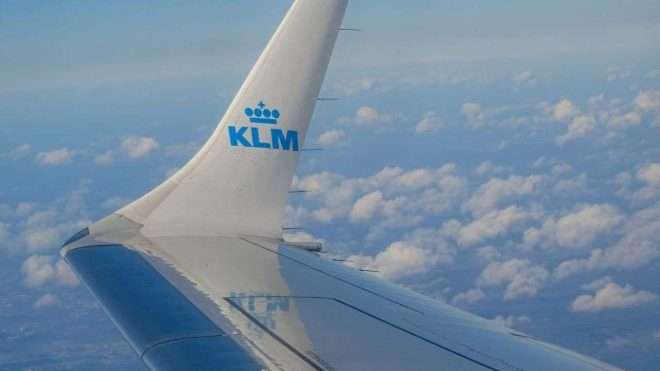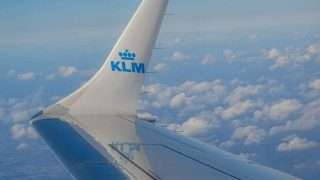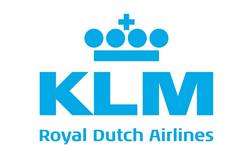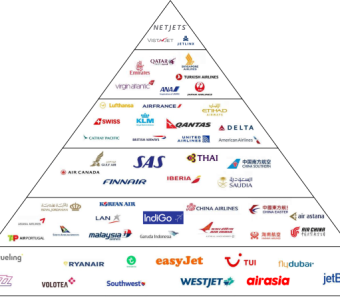Spotlight on KLM Royal Dutch Airlines (KLM)
KLM exemplifies various aspects of Dutch culture, highlighting both admirable qualities and some “unique traits”. Founded in 1919, KLM is one of the world’s oldest airlines and it has embraced innovation, efficiency, sustainability, and design, which are values highly regarded in Dutch society. On the other hand, KLM also reflects other distinctive elements of Dutch culture, such as its approach to customer service, emphasis on individualism, and well-known Dutch directness.
So let us start with Dutch design which is known for its simplicity, functionality, and innovation. KLM’s branding and aircraft design reflects these values. KLM’s blue and white logo and livery are instantly recognizable, and the airline lounges and aircraft interior design style is known for its combination of functionality and beauty, with a focus on creating spaces that feel inviting and comfortable for passengers.
One of the key features of Dutch culture is pragmatism – a practical, no-nonsense approach to problem-solving. KLM reflects this value in its operations by being reliable, on-time, and efficient. The service on board its European flights is also very pragmatic: “On longer flights within Europe, you will be offered a fresh sandwich. We vary the selection regularly. All options are vegetarian, such as a typical Dutch sandwich with cheese, to make our flights a little more sustainable.”

KLM embodies Dutch directness in how the company handles customer concerns, inquiries, announcements, and service updates during interactions on the ground and in flight. The focus is on providing clear and concise information, rather than being empathic or polite. While this strategy ensures that passengers get accurate information without unnecessary frills, it can come across as rude and unfriendly to people from other cultures. Despite potentially startling some passengers, this approach highlights the way KLM remains true to a fundamental aspect of Dutch culture and its main shareholder Air France.
KLM has a history of fostering innovation and entrepreneurship. Amsterdam Airport Schiphol was one of the pioneers of the bag drop process, initially adopting it in 2008 and since then, following a successful trial period alongside KLM and BagDrop, self-service baggage drop-off has been adopted on a permanent basis for well over a decade.
The Netherlands has a rich history of art, culture, and architecture. KLM has an exclusive tradition of gifting their World Business Class passengers with Delft Blue miniature houses. These small, ceramic replicas are modeled after historical Dutch buildings. Each miniature house is filled with Dutch gin, also known as jenever. The houses are numbered, with new models being introduced annually on KLM’s anniversary, October 7th. The tradition began in the 1950s and has become an iconic part of the KLM brand. Over time, these little houses have become highly sought-after collectibles, with passengers eager to acquire new additions to their collections.
By offering these Delft Blue houses, KLM not only pays tribute to Dutch culture and history but also creates a memorable and unique experience for business class passengers. The tradition reflects the airline’s commitment to incorporating elements of the Netherlands’ heritage into its customer experience.
Register now to access more exclusive content, stay up-to-date on brands, news and events, and join our exclusive brand communities.












